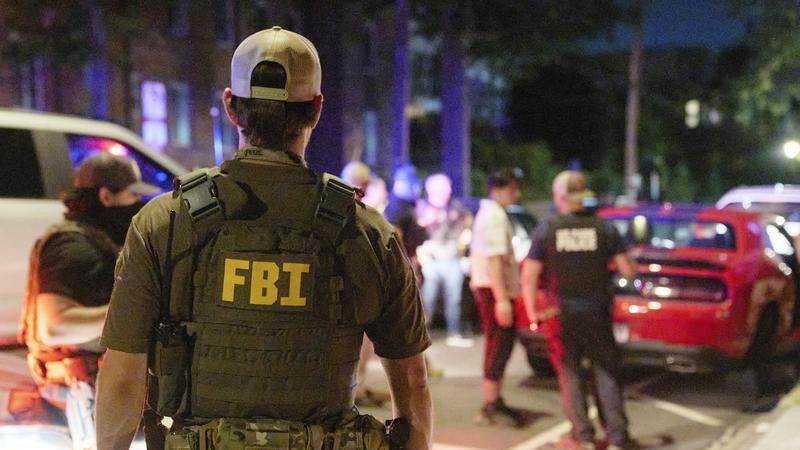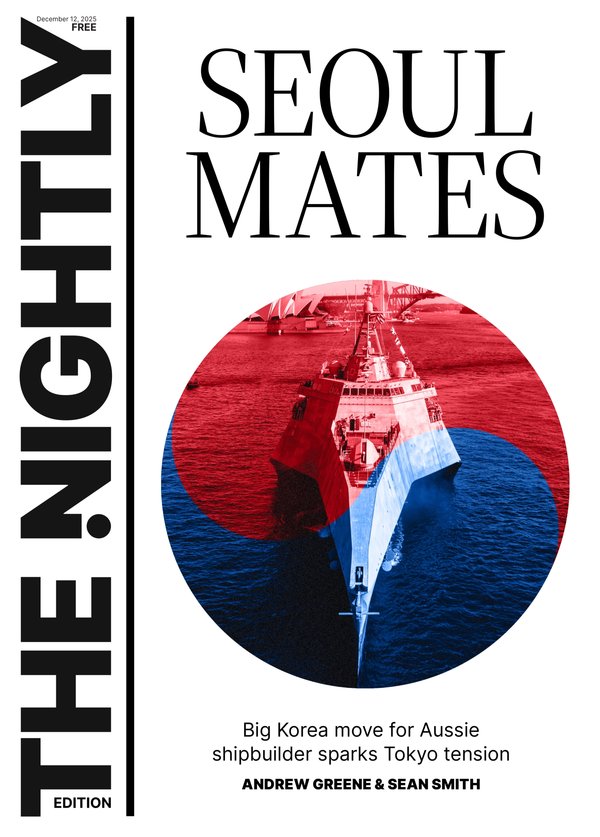Trump’s Washington, DC, crime crackdown exposes gap between perception and reality

President Donald Trump called Washington, DC, a city overrun by “violent gangs and bloodthirsty criminals” as he moved to federalise the city’s police force and deploy hundreds of National Guard members.
His dire depiction of the nation’s capital is at odds, however, with federal data showing that violent crime in the District has dropped to its lowest level in three decades.
“We are not experiencing a spike in crime,” Washington, DC, Mayor Muriel Bowser said Sunday on MSNBC.
Sign up to The Nightly's newsletters.
Get the first look at the digital newspaper, curated daily stories and breaking headlines delivered to your inbox.
By continuing you agree to our Terms and Privacy Policy.“In fact, we’re watching our crime numbers go down,” Mayor Bowser said.
Washington experienced a spike in crime in 2023, with the highest number of homicides reported in the District since the 1990s and a surge in the number of reported carjackings.
But that trend has reversed since then, according to data from the Justice Department.
As Mr Trump’s unprecedented use of presidential authority to activate the National Guard has reverberated through the city, Mayor Bowser called his characterisations of DC “hyperbolic” and “unsettling.”
But there is a perception among some residents that crime is still rising in the nation’s capital, despite the data.
A Washington Post poll last year found that a majority of Washingtonians, 65 per cent, said that crime in DC is an “extremely serious” or a “very serious problem.”
Those rates were higher than poll results for 2023, despite the drop in crime recorded in 2024.
Nationally, a YouGov poll conducted last month found that 34 per cent of US adults said that murder rates in US cities have “increased a lot” since 1990.
That perception is at odds with data showing that murders have fallen in most cities over the last several decades.
Mayor Bowser suggested that the gap between perception and reality is a function of how crime makes people feel.
“It doesn’t matter if crime has gone down if you were a victim,” Mayor Bowser said at a press conference after Mr Trump’s announcement.
Jeff Asher, a crime data analyst and co-founder of data analytics firm AH Datalytics, told CNBC that Americans broadly “always think crime is rising,” even if the data shows otherwise.
There is a stark partisan divide over perceptions of crime, and Mr Trump has long made claims of high crime in American cities to justify his tough-on-crime playbook.
His rhetoric — painting racially diverse, Democratic-led cities as crime-ridden — also taps into longstanding efforts to mobilise voters in suburban areas.
A majority of Republicans and Republican-leaning voters — 68 per cent — said that reducing crime should be a top policy priority for the president and Congress in 2024, compared to 47 per cent of Democrats and Democratic-leaning voters, according to the Pew Research Centre.
Mr Asher told CNBC that policymakers should not “base their crime-reduction strategies and policy and programs on the perception issue.”
He said that policy decisions should be based on data, but to make “people feel safe, we have to address the perception issue.”
“I think that they’re two very different sides of a similar coin,” he continued.
Mr Asher said that even as crime rates in the District decline — undercutting Mr Trump’s arguments — “at the same time, you can make a very valid argument that things are too high, that we should be trying to see fewer murders and the DC murder rate relative to other large cities remains elevated.”
“There’s no reason to feel comfortable with these declines, necessarily, as permanent successes, given how far the city still has to go, and that’s true of a lot of American cities,” he said.
